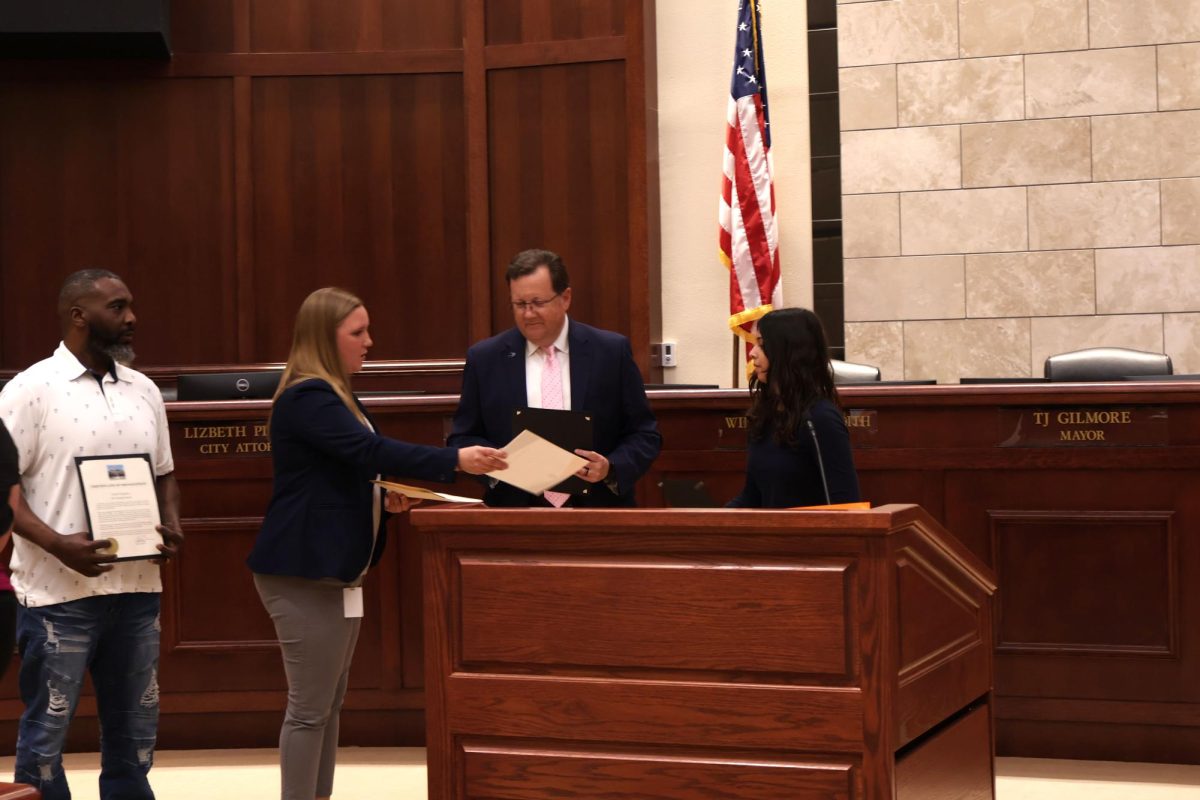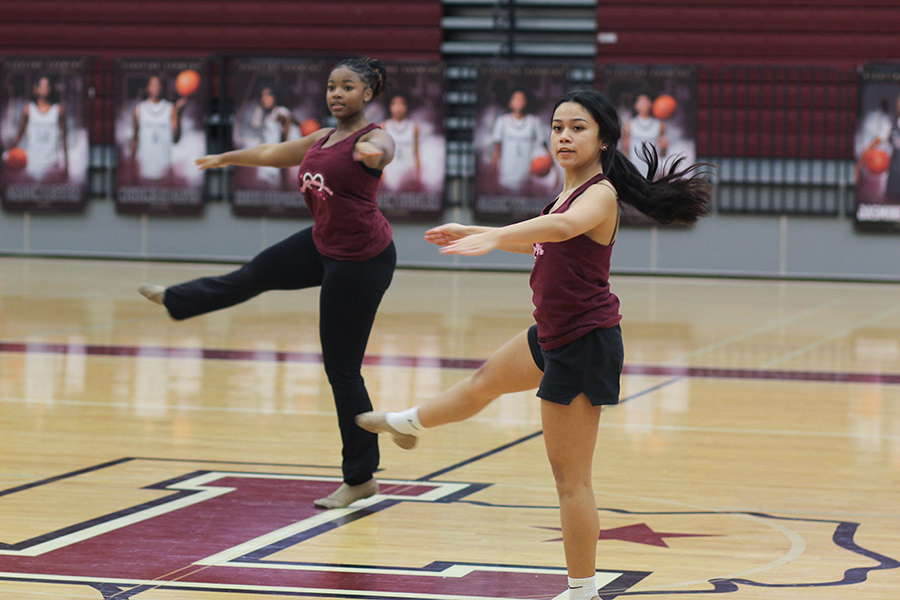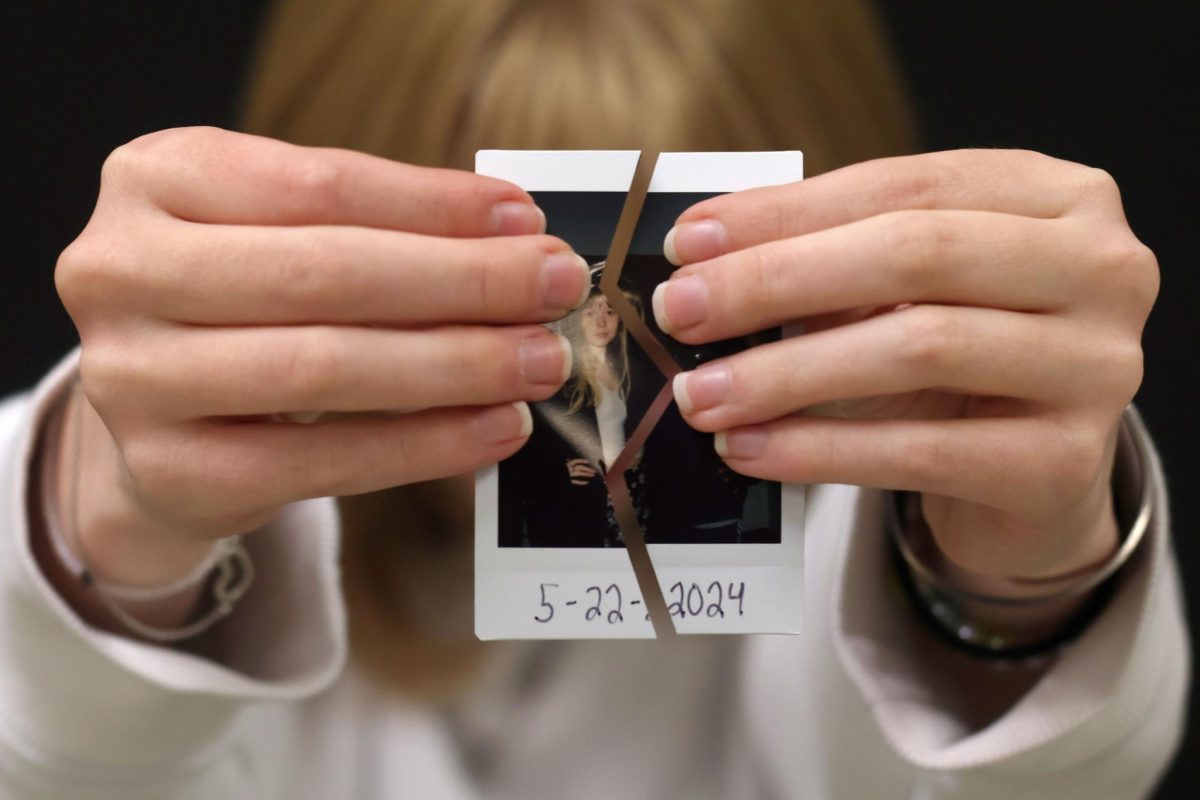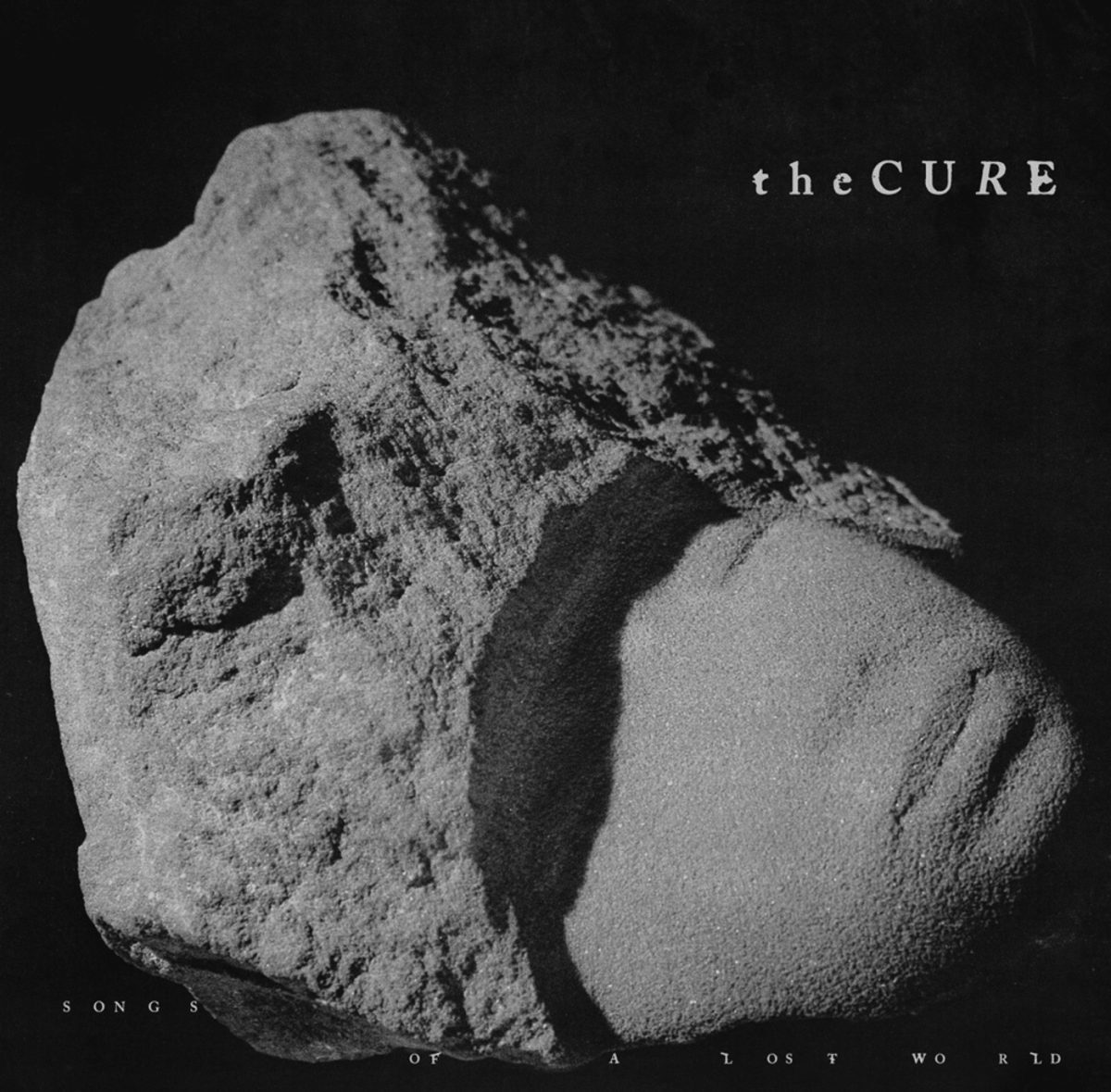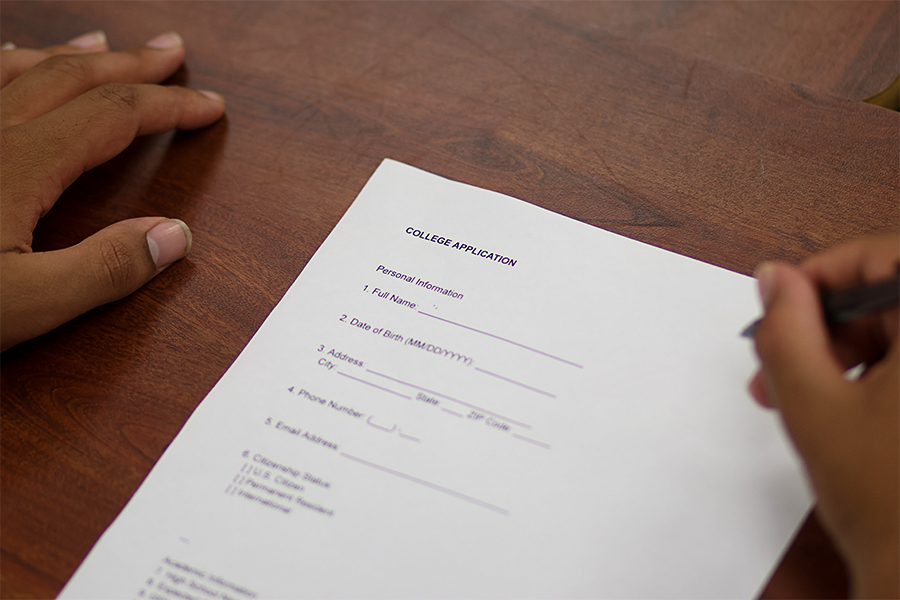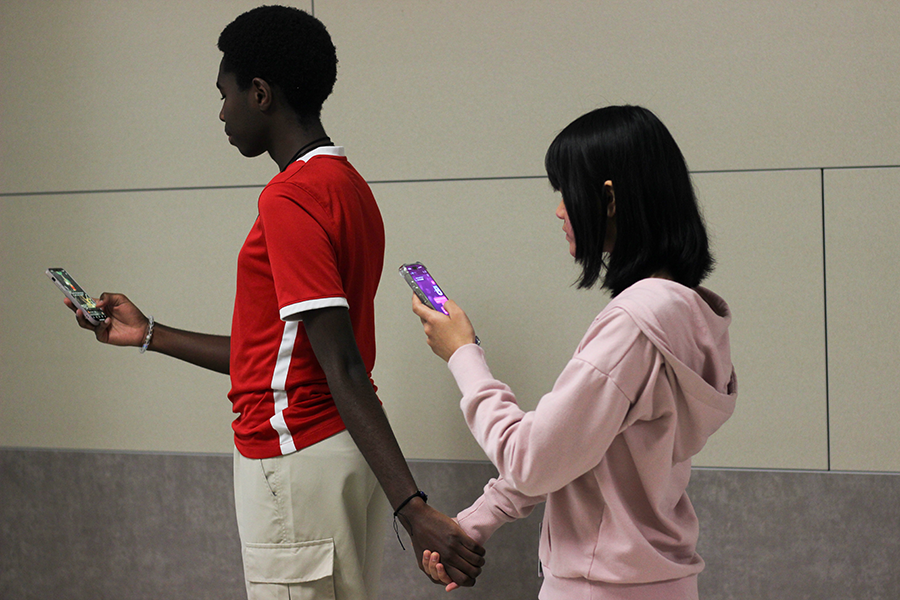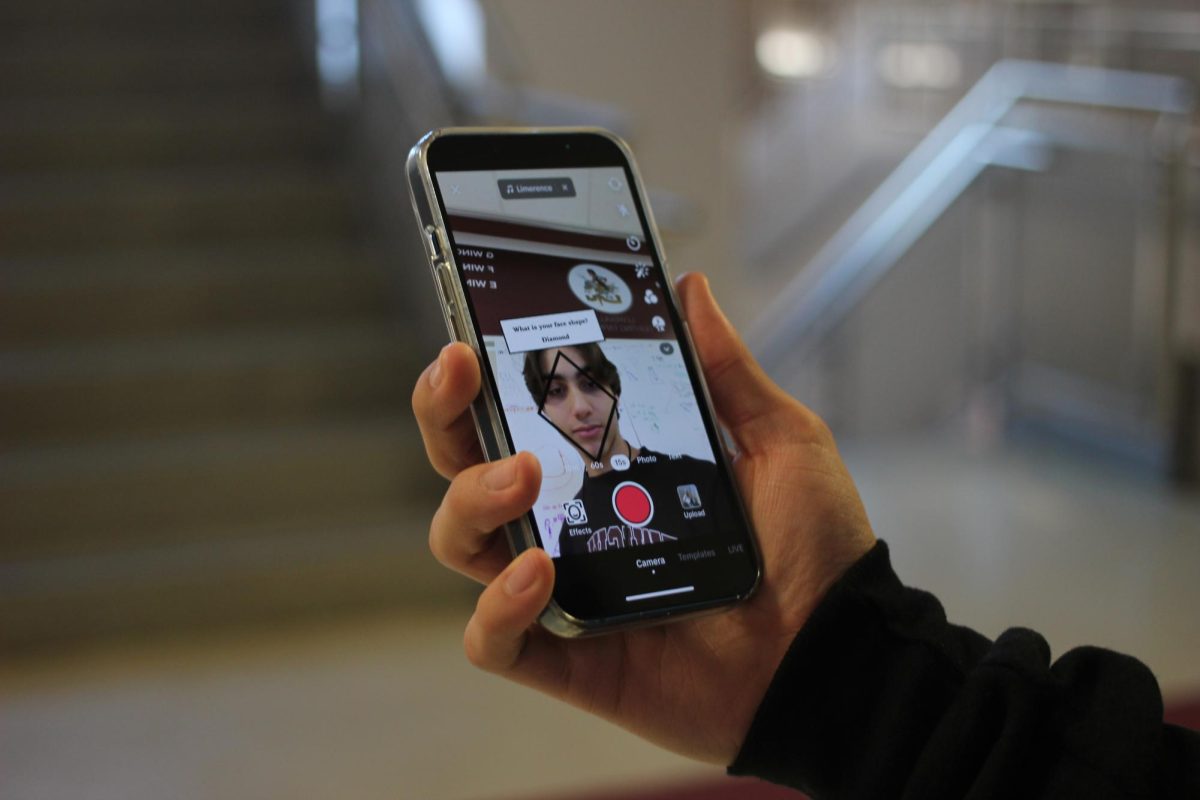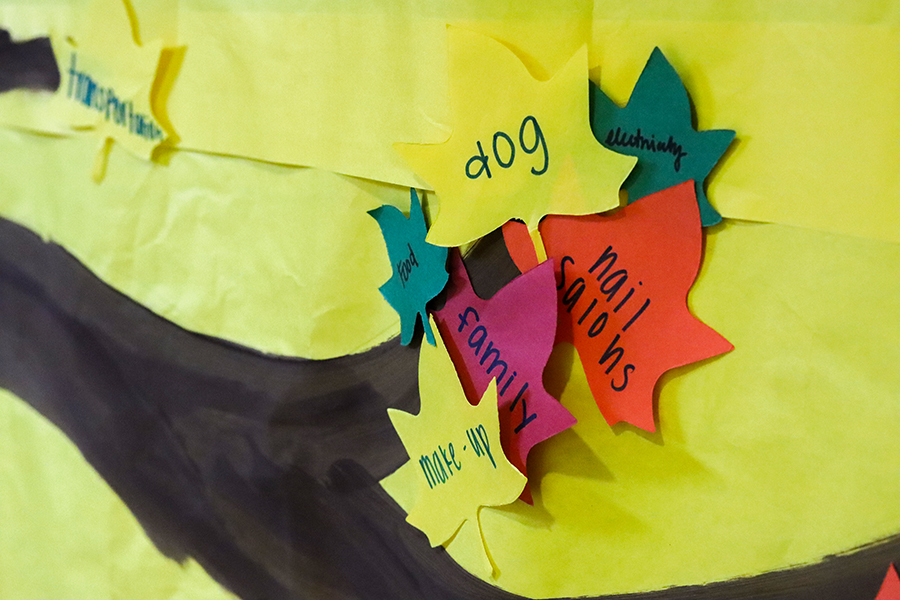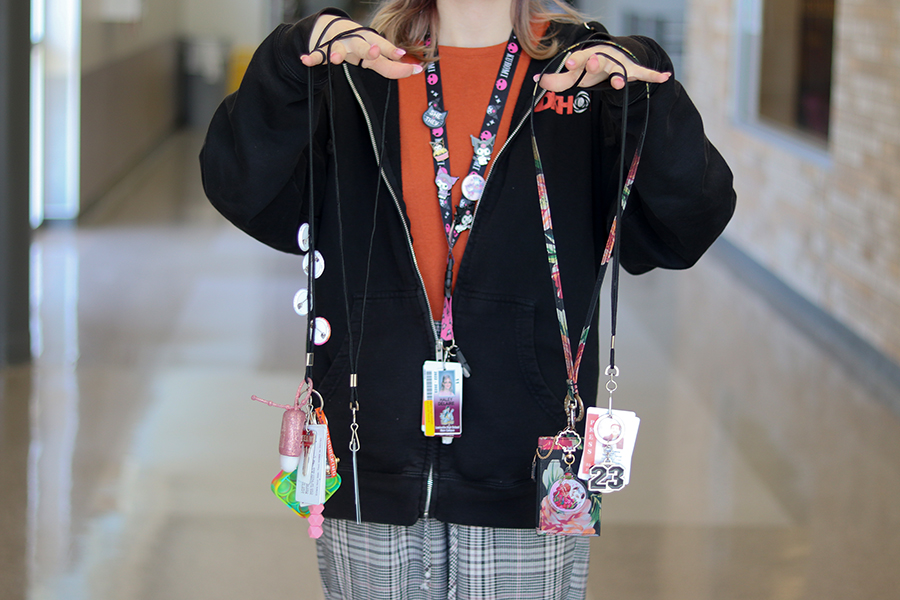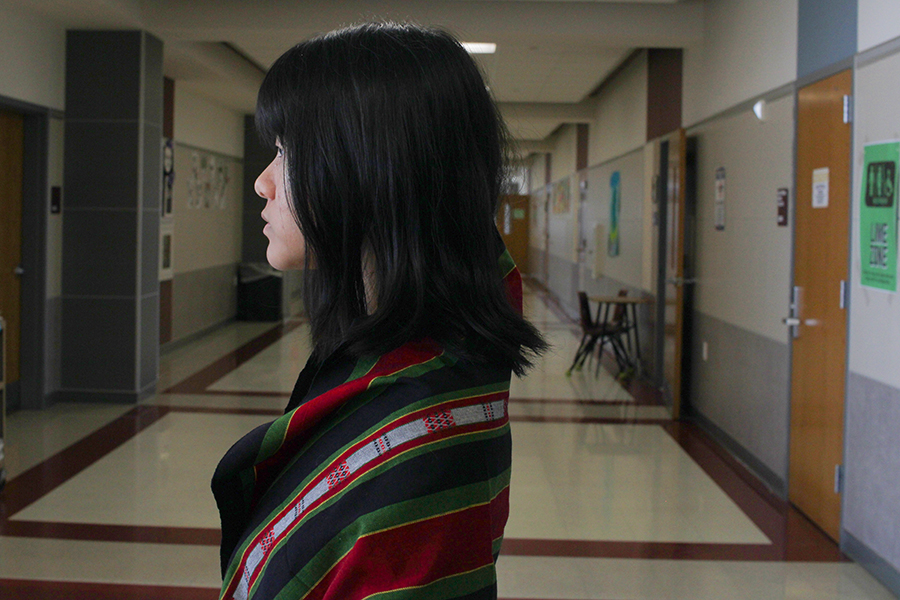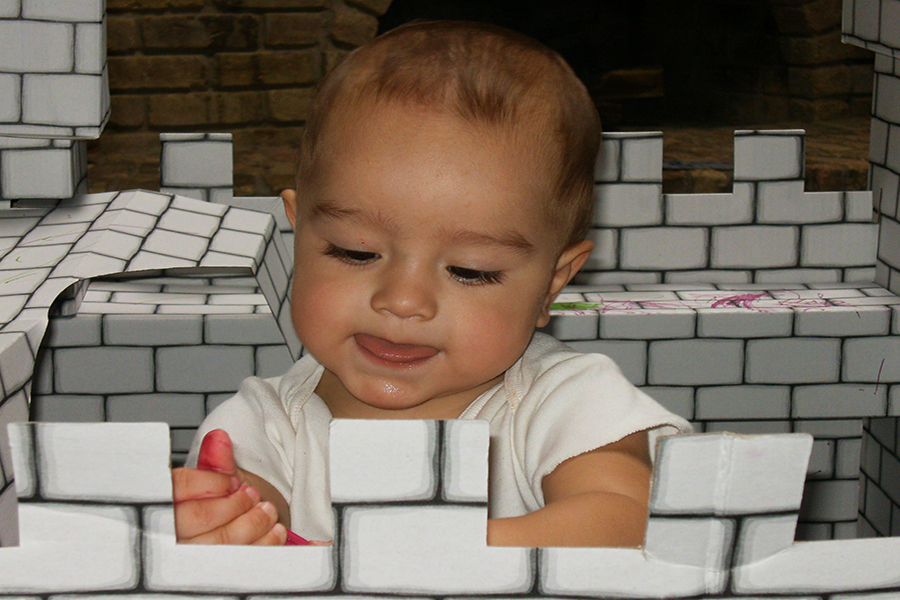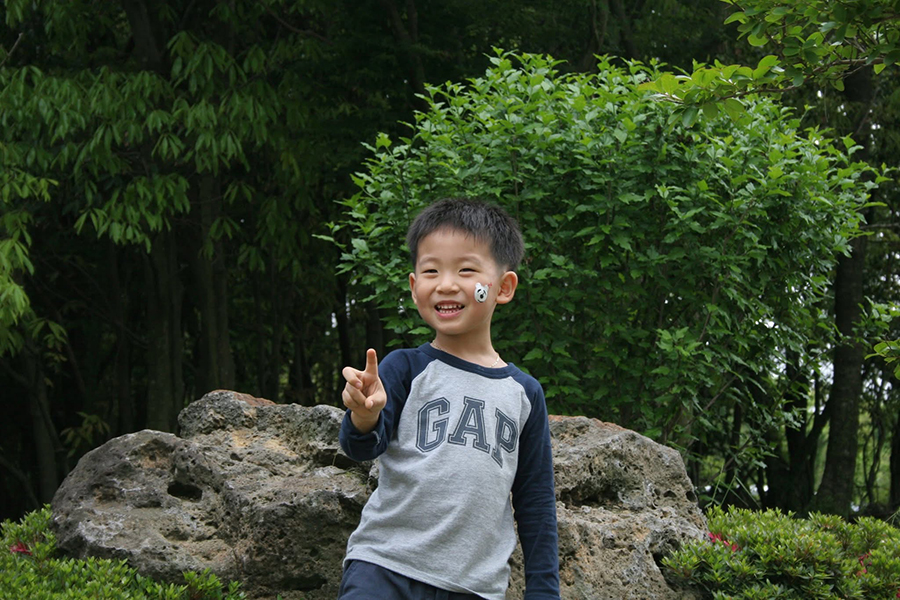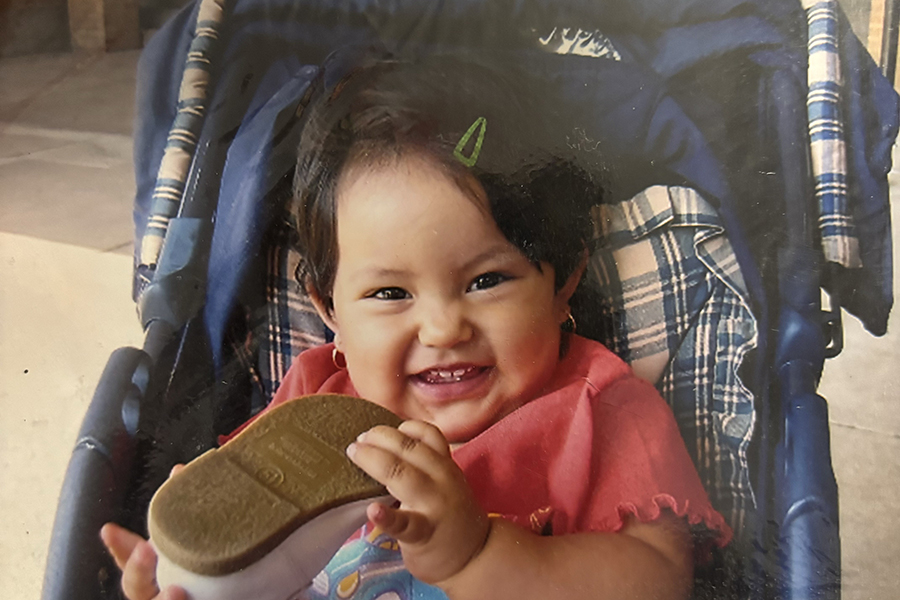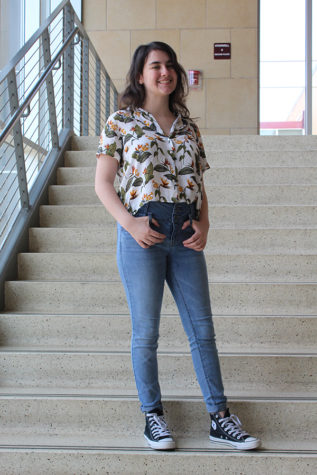Lesbians can only be extremely masculine or feminine.
Gay men can only be flamboyant.
Bisexual characters are unfaithful.
Transgender characters don’t have any other personality traits.
In the media, LGBT+ people and characters are frequently used as the butt of a joke. If that isn’t their fate, they’re simply killed off or are never seen again in further episodes or scenes of various TV shows.
GLAAD, a media marketing organization for the LGBT+ community, releases a yearly document containing statistics of representation among scripted, broadcast television. In their 2017-2018 edition of “Where We Are On TV,” the difference between straight/cisgender characters and other characters not fitting those labels is evident.
According to GLAAD’s “Where We Are On TV,” only 6.4% (58 characters) on TV fit within the LGBT+ bracket. While gay men in day-to-day life receive harsh reactions, almost 50% of representation in broadcast networks is made up of them alone, with bisexual characters following up at 26%. Out of every “LGBTQ” reoccurring character, according to GLAAD, only 5% (17) of them identify as transgender.
While television media has progressed to at least including LGBT+ people, they’re commonly made the villains or even the victims. In recent years, shows like “Will & Grace” and “Queer Eye” have given the public positive opinions on the gay community. Although it’ll take accurate examples and more frequency of LGBT+ inclusive shows to adjust after years of misconceptions, this is a step in the right direction.
The older generation argues ‘gay propaganda’ isn’t appropriate for children, that a homosexual agenda is being forced onto them, ignoring the mass amount of straight relationships and cisgender characters kids see on a daily basis.
Chances of episodes including LGBT+ topics or a special program among networks targeted to younger kids are slim and mostly turned down. In 2005, “Postcards from Buster,” a spin-off from the show “Arthur,” was scheduled to air an episode involving a lesbian couple but these plans were quickly denied after disapproval.
While that episode of “Postcards from Buster” didn’t see the light of day, a scene of what was dubbed as a “gay rat wedding” on social media did. Prominent character Mr. Ratburn married his boyfriend, Patrick, in the episode titled “Mr. Ratburn and the Someone Special.” While it was met with overall approval on social media, some groups didn’t share those feelings.
Alabama Public Television, while notified months before, decided on playing a re-run of a different episode of “Arthur.” Director of programming Mike McKenzie stated “Although we strongly encourage parents to watch television with their children and talk about what they have learned afterwards, parents trust that their children can watch APT without their supervision.” The sheer opinion that LGBT+ subjects are too mature for children is a toxic ideation which has cursed this community for years.
Inaccurate representation of the LGBT+ community has put a dent in the public’s view on the matter. While the media is made out to be mainly liberal and accepting, the portrayal of characters not straight nor cisgender still doesn’t meet the level it should be at.
Public figures such as Laverne Cox and Ellen DeGeneres continue to pioneer forward. Well-known people in the public eye receive nothing short of support when coming out in this day and age, but in television, the reactions aren’t at par. Characters of varying sexualities have increased, but transgender people still gather the slimmest amount of representation. Stereotypes driven into the minds of media consumers fail to illustrate the real LGBT+ community.
Lesbians can be anywhere on the spectrum of masculine and feminine.
Gay men don’t have to be flamboyant.
Bisexuals can be loyal to their partners.
There’s more to transgender people than just their genders.



